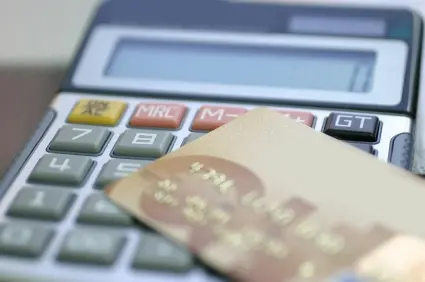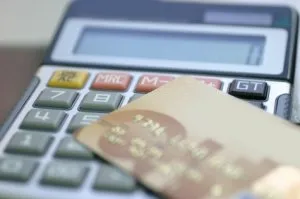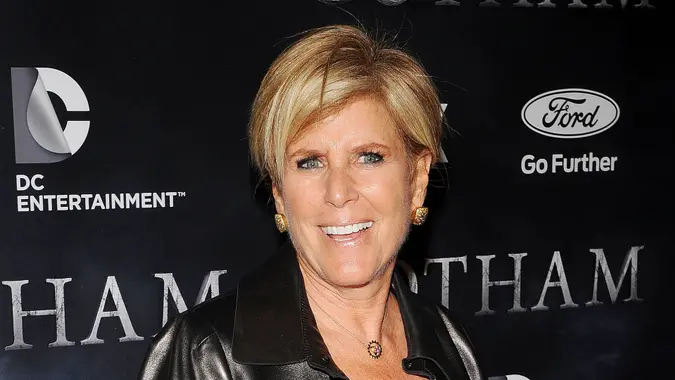What Is a Credit Card Minimum Payment?

Commitment to Our Readers
GOBankingRates' editorial team is committed to bringing you unbiased reviews and information. We use data-driven methodologies to evaluate financial products and services - our reviews and ratings are not influenced by advertisers. You can read more about our editorial guidelines and our products and services review methodology.

20 Years
Helping You Live Richer

Reviewed
by Experts

Trusted by
Millions of Readers
 Have you purchased a big-ticket item with one of your credit cards and now realize you won’t be able to pay your balance off by your due date? If so, you might be tempted to make the minimum payment your credit card company offers. But what does making the minimum payment mean and how does it impact your total outstanding balance?
Have you purchased a big-ticket item with one of your credit cards and now realize you won’t be able to pay your balance off by your due date? If so, you might be tempted to make the minimum payment your credit card company offers. But what does making the minimum payment mean and how does it impact your total outstanding balance?
What is a Minimum Payment?
The minimum payment on a credit card is the smallest amount of money your credit card issuer allows you to pay on your total outstanding balance each month.
What you owe as your minimum payment can vary depending on a couple of factors: the amount of your outstanding balance and the credit card rate your company chooses to charge.
The best way to find out how much your card issuer charges is to examine your credit card terms and conditions. In this document, you’ll learn how the company determines the minimum payment so that you can calculate the figure on your own.
How a Minimum Payment Impacts You
It can be exciting to learn that you’re able to pay less than the total amount due and still remain in good standing with your card company. But what you don’t realize is that making only the minimum payment can mean paying a lot more in the long run.
Let’s say you’ve purchased an item for $1,000 and can’t make the full payment for this purchase. Your company may require that you pay 3 percent of the full balance owed instead. This means, you will owe a $30 minimum payment.
Now that you’ve made your payment, you’ve dropped your balance to $970. The only problem is the balance now moves to next month’s statement and is outstanding, meaning you now have to pay a finance charge, which is a penalty for not paying the balance in full by the due date.
Supposing your interest rate is 1.25 percent, you’ve earned a finance charge of $12.13 ($970 x 0.0125), bringing your new balance to $982.13.
If you make no additional payments to reduce your balance due, your minimum payment for the next month will be $29.46. And if you make the minimum payment then carry over the remaining balance again, accruing another finance charge, your outstanding balance will be $964.58.
As you can see in this hypothetical scenario, you’ve made nearly $60 in minimum payments, but have only reduced your balance by about $35. At this rate it could take some time to pay your balance in full.
Your minimum payment has an impact on your outstanding balance, which is why experts recommend paying your balance in full each month as this is the most cost-effective for consumers.
This article is part of the Go Banking Rates Financial Literacy Movement, helping Americans get smarter and grow richer. Take our credit card quiz to test how knowledgeable you are!
Provided by GOBankingRates

This article is part of the GOBankingRates Financial Literacy Movement
 Written by
Written by 
























